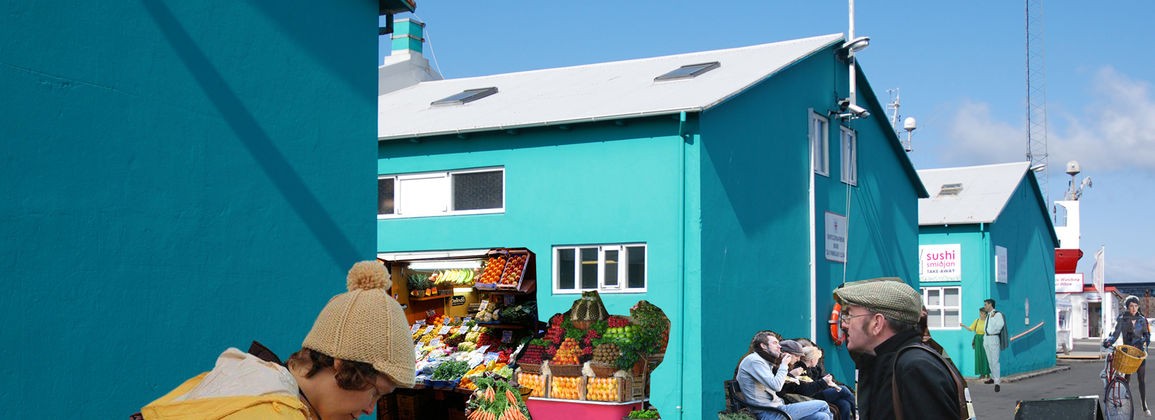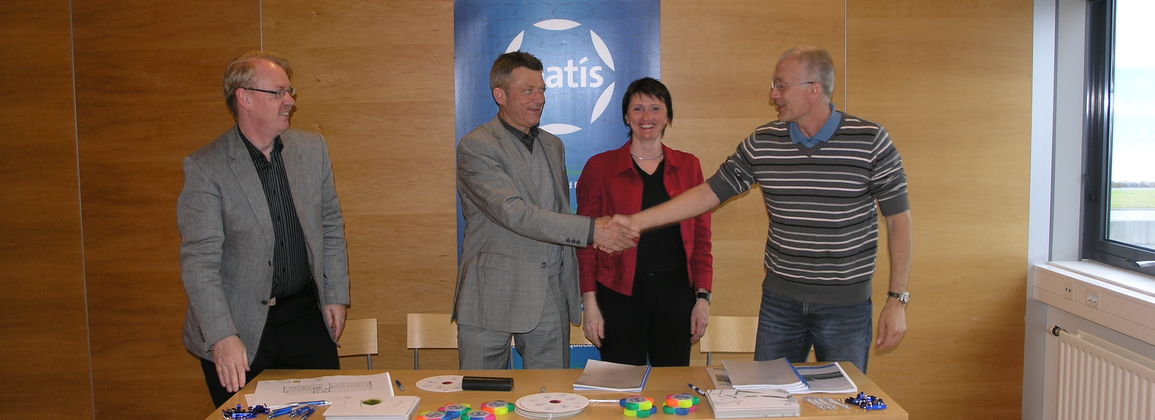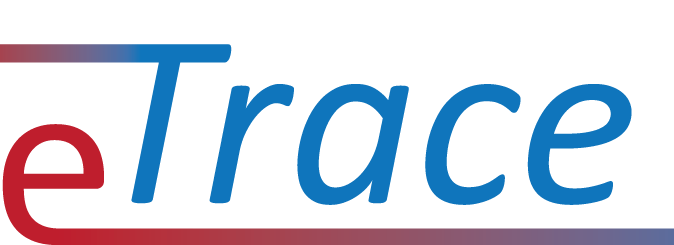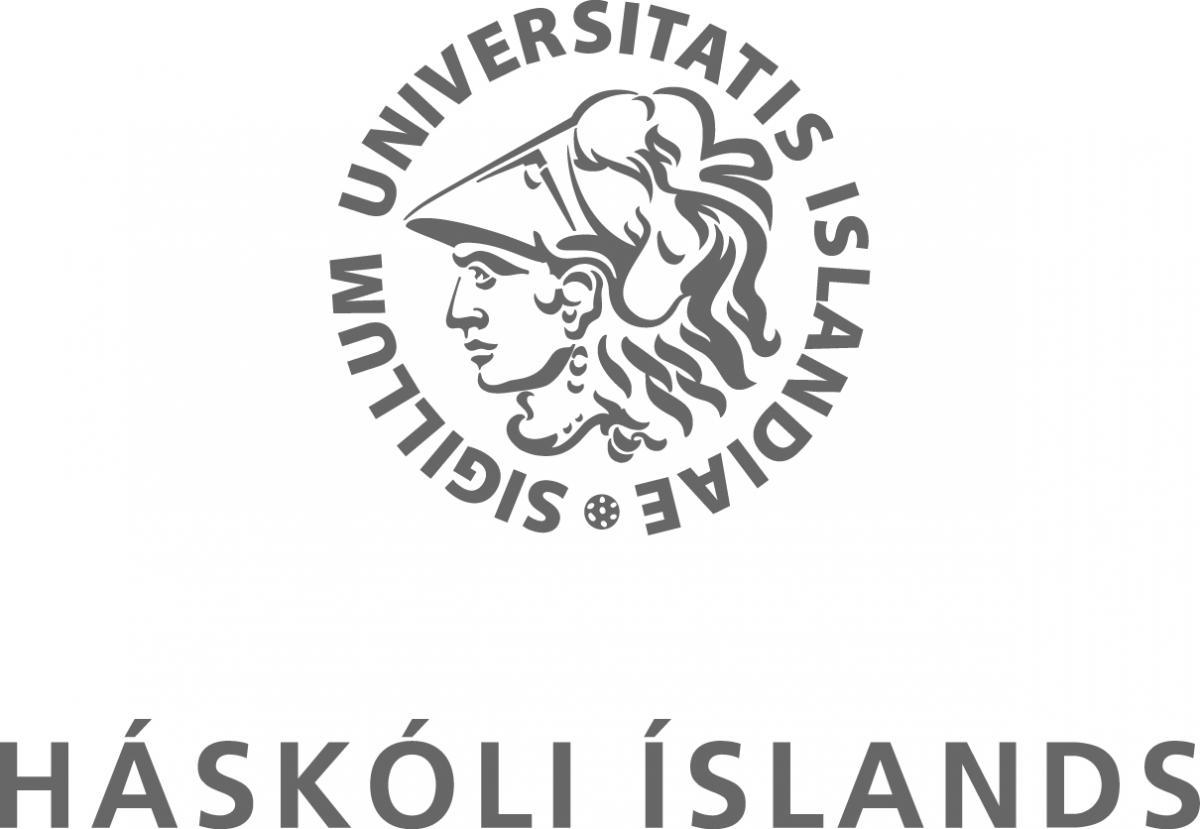On Wednesday 24 June, a doctoral defense will take place at the Faculty of Science at the University of Iceland. Chemist Tom Brenner is defending his doctoral dissertation "Aggregation behavior of cod muscle proteins".
Opponents are dr. E. Allen Foegeding, professor at North Carolina State University and dr. Erik van der Linden, Professor at Wageningen University. The supervisor of the project was dr. Ragnar Jóhannsson, specialist at Matís together with Taco Nicolai from CNRS, Université Du Maine in France. The supervisor was dr. Ágúst Kvaran Professor at the University of Iceland.
Dr. Guðmundur G. Haraldsson, President of the Faculty of Science, will preside over the ceremony, which will take place in the Celebration Hall in the Main Building and will begin at 10:00.
Summary of study
The clustering of muscle proteins from cod was studied. The light distribution and viscoelastic measurements were mainly used in the studies. In the first part of the study, the major muscle protein, myosin, was isolated and studied. The second part of the study deals with the behavior of muscle protein solutions obtained by dissolving at pH ~ 11. Such a solution is applied on an industrial scale in this country to obtain muscle proteins from cod cuts as well as other fish cuts. All research was carried out at Matís ohf. and was intended to strengthen the theoretical basis for the aforementioned processing processes that have been developed at Matís.
The main results of the study are that the reversible clustering of muscle proteins as well as the isolated myosin is very similar to that of gelatin. Processing processes for the protein solutions therefore need to take into account this behavior of the proteins.
The fracture dimension structure of myosin clusters was then demonstrated. This will be the first time that this building, known for globular protein gels and clusters, has been confirmed for muscle protein. The viscoelastic properties of gels derived from protein solutions were investigated in a haze. It was found that broken gels regenerated under a cutting voltage if it is lower than a cutting voltage that can be defined as the actual breaking voltage. The formation of protein-deficient regions in the gels was subsequently demonstrated, but this mesoscopic phase chromatography is considered to be the first step in macroscopic phase chromatography.
The project was carried out in collaboration with the Université Du Maine in France and Matís ohf. The supervisor of the project was dr. Ragnar Jóhannsson, division manager at Matís ohf., Together with Taco Nicolai from CNRS, Université Du Maine in France.
Along with them sits on the doctoral committee of dr. Ágúst Kvaran, professor at the University of Iceland.About the doctoral dissertation
Tom Brenner was born in 1982. He completed his B.Sc. degree in chemistry from the University of Iceland in 2004. Today he works for Matís ohf.
Further information
Tom Brenner, 4225131, email: tom.brenner@matis.is
Ragnar Jóhannsson, 4225106, e-mail: ragnar.johannsson@matis.is









